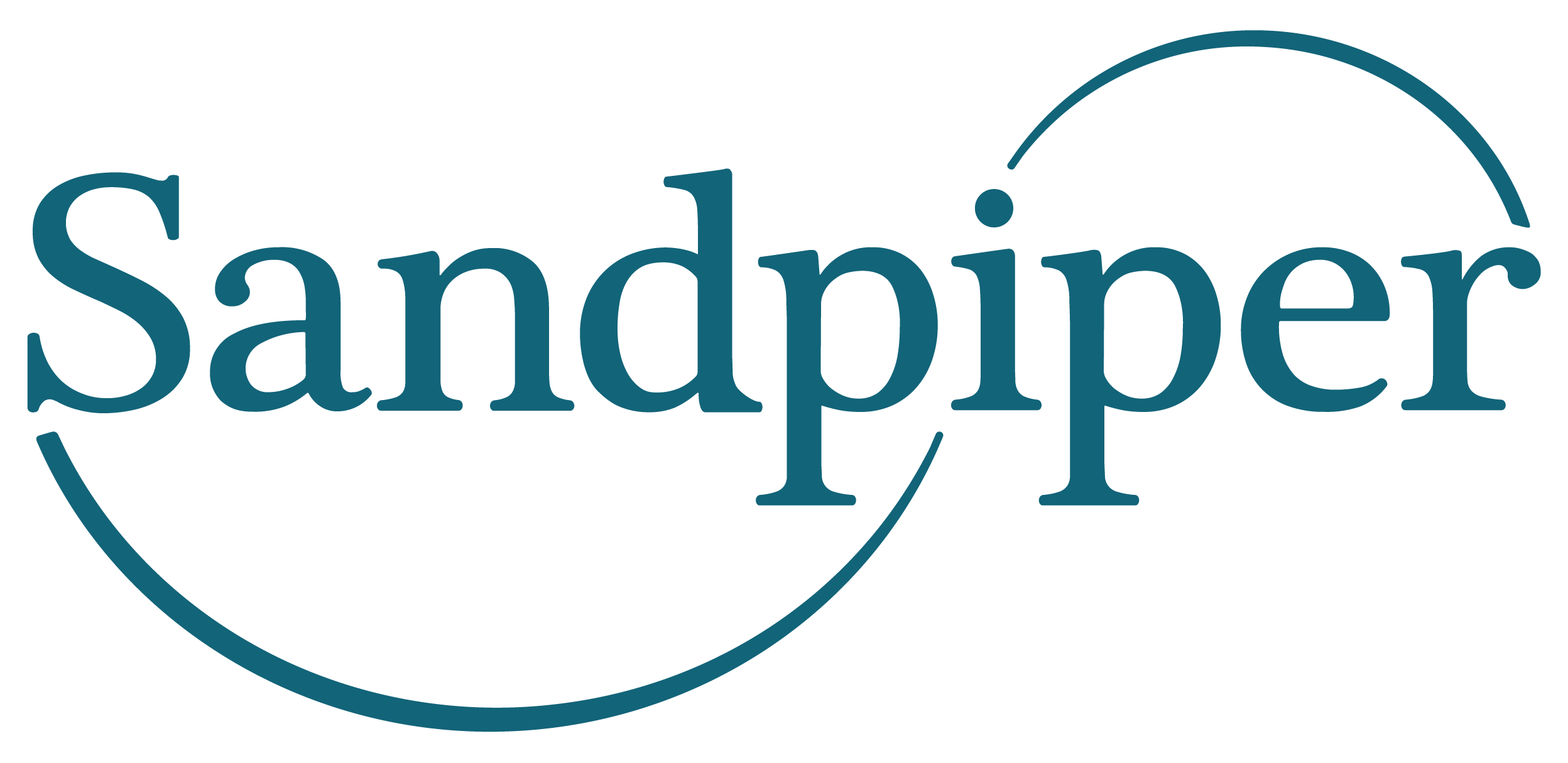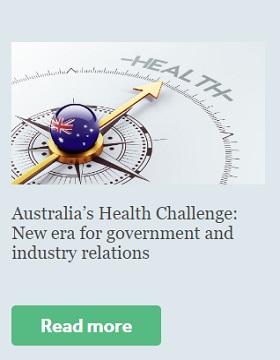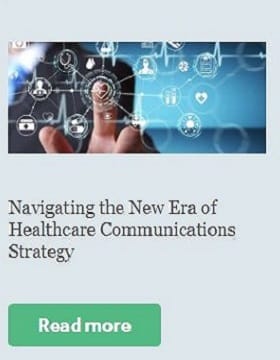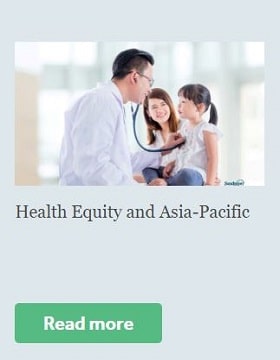
The Black Box in Biodiversity Communications

Sandpiper Promotes Kim Spear to Deputy General Manager of its Hong Kong Office
Healthcare Equity: Who’s Responsible for Closing the Gap?
December 2022

By Eddie Morton, Associate Director of Sandpiper Health based in Australia. Eddie is a former journalist with extensive experience in healthcare PR and communications, specifically stakeholder and government relations, policy, advocacy, healthcare supply data analysis and communications.
For as long as we have had public and private-funded health care, equity and the need to eradicate unfair differences in delivery, cost and access have been an issue. The enduring holy grail being that no member of the community struggles to find a basic standard of care, service or treatment.
But as global economic turmoil exacerbates socio-economic differences between community groups and drives governments to squeeze ever more value out of already overwhelmed health systems, the need for more affordable, equitable and prevention-focused health systems has become increasingly paramount.
Here’s a look at how a few of the important players can help address equity issues.
Equitable Policy in Practice
Indeed, governments are best placed to tackle inequity gaps, but such lofty goals require long-term commitment, with honest and constant review of the inefficiencies and sometimes outdated ideologies that hinder evolution.
When it comes to addressing system inefficiency, there are many examples the world over. In Australia, for example, some states are moving to allow pharmacists to diagnose diseases and prescribe drugs and vaccines without consulting a GP.
Touted as a potential panacea to mass demand in the primary care space, the move could have real and positive implications for access to treatment across the entire community – from the elderly and those with chronic conditions to indigenous populations, marginalised communities and those living in rural areas. Subsequently, with greater access to medicines and treatments, it is hoped that demand on hospitals and health workforces will ease.
On the ideological front, perhaps one of the most notable milestones in health equity recently emerged in Singapore, with the repeal of section 377a of the country’s penal code which criminalizes consensual sexual relations between men.
Such a significant structural shift in the nation’s ideological platform has the potential for hugely positive changes to delivery of care to this important and growing community group. Not only does it eradicate the criminalisation of an increasingly important area of sexual health, it also assists to reduce the stigma, discrimination and inequity experienced by those individuals in social and professional health care settings.
But improving equitable access to health doesn’t stop with governments. Private institutions, from pharmaceuticals to insurers, doctors and patient advocates, are all at the coalface of the issue and all have a responsibility to resolve hindrances in our systems.
Pharma and devices must protect supply
Pharmaceuticals and medical device manufacturers constantly battle supply chain costs – research, technology and investment. But when consumers face eye-watering costs for life-saving medicines or surgical devices, no one wins.
When prices fluctuate, vital treatments become prohibitive – or impossible – for those struggling to make ends meet. Not only are consumers forced to forgo treatment or apply for emergency funding, but governments must rely further on heavier handed pricing regulations, stifling innovation and competition, and driving costs up further. It’s a vicious cycle.
Increasing resilience in this critical sector to economic headwinds is vital to maintaining healthcare equity. If pharmaceutical and medical device manufacturers can insulate supply chains, the often worrisome cost of life-saving treatment can be protected – and so too medical innovation and competition.
Insurance can do more
Health insurers are among the top of the list when it comes to promoting better well-being to address health equity.
After all, claims fuelled by higher service delivery costs drive higher premiums, which are passed on to members and inevitably make cover less affordable. In tough times, consumers must cut costs and often it is private health that gets the chop. The consequence of this is more demand and people waiting for care in the public system.
Health insurers, which often have a good level of public trust and reputation capital, therefore, have a key role in educating members and stakeholders on the benefits of equitable, value-based and preventative care which keeps more people out of emergency rooms and healthier for longer. Likewise, global insurers should play active roles in encouraging a worldwide departure from systems that incentivise volume and sometimes lower-value care.
Concerted advocacy
For our service providers, improving equity is a story of solidarity. Chronic conditions like diabetes, heart disease, and cancers are lifestyle related and growing in prevalence. Yet our patient advocates, medical experts, and doctors operate in specialist silos, which is not conducive to a holistic, preventative health message.
Closing the gap on health equity is, therefore, not a single industry or sector’s issue. It will rely on sincere and constructive cross-sector innovation, communications and coordination to secure sustainable health systems for generations to come.
To achieve a long-term shift towards more equitable and preventative healthcare, we need effective public health communication campaigns in which governments, various practitioner groups, and patient advocates speak with one voice.
Concerted advocacy and communications can achieve world-changing results – just look at Covid-19 and how many nations spoke from the same script, or the global fall in smoking-related deaths in recent decades. Collective advocacy should be leveraged as a key strategy to keep body politic informed, and encourage people to live healthier lives.
To achieve a long-term shift towards more equitable and preventative healthcare, we need effective public health communication campaigns in which governments, various practitioner groups, and patient advocates speak with one voice.
Concerted advocacy and communications can achieve world-changing results – just look at Covid-19 and how many nations spoke from the same script, or the global fall in smoking-related deaths in recent decades. Collective advocacy should be leveraged as a key strategy to keep body politic informed, and encourage people to live healthier lives.
Future proofing with screening
Biotech and health technology firms perhaps hold the most promising roles in establishing equitable, affordable and sustainable health systems of the future.
Urging people to live healthy lives and adhere to treatment are worthy strategies, but more often than not, already follow a poor diagnosis.
Embracing cutting edge preventative health technologies, such as screening and genetic testing, which have the power to identify serious medical conditions from infancy (even prenatal), are the future of pre-empting insurmountable demand on our systems and ensuring equitable access for future generations.
Deciphering how to best communicate the complexities and benefits of screening and genetic research is going to fall on all the above stakeholders as these services become increasingly vital to sustainable, prevention-focused systems.
We need data
The glue that can ensure all these pieces stay connected and work together is data.
Too long have health wastage, low value care, and exorbitant service delivery costs been allowed to run rife in health facilities, regulatory mechanisms and vast government departments, eroding public budgets, hitting taxpayer pockets, and inflating insurance premiums.
Detailed, secure, and efficient portability of service and patient data across health settings, however, can help to better identify these inflationary forces and allow meaningful solutions. But using health care data more intelligently requires long-term investment and government cannot do this alone – partnerships are critical.
Closing the gap on health equity is, therefore, not a single industry or sector’s issue. It will rely on sincere and constructive cross-sector innovation, communications and coordination to secure sustainable health systems for generations to come.




